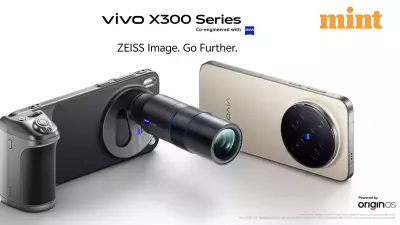
In a remarkable discovery that has excited the scientific community, NASA's Perseverance rover has encountered an unusually shaped, desk-sized rock on the Martian surface that appears dramatically different from its surroundings, potentially revealing secrets from beyond the Red Planet.
The Unusual Discovery at Vernodden
During a routine examination of ancient bedrock at Vernodden, located near the Jezero Crater on Mars, NASA's Perseverance rover spotted what scientists are calling a stranger in our midst - a rock formation that stands out conspicuously from the typical Martian landscape. The robotic explorer captured the photograph of this intriguing object using its Left Mastcam Z camera on September 19, 2025.
Measuring approximately 80 centimetres across (about 31 inches), the rock immediately caught scientists' attention due to its sculpted, high-standing appearance that contrasted sharply with the low-lying, flat and fragmented rocks surrounding it. Researchers noted that its form and composition appeared fundamentally different from the ordinary native Martian crust, prompting immediate scientific curiosity.
Scientific Analysis Reveals Extraterrestrial Origins
According to Candice Bedford, a research scientist at Purdue University who detailed the findings in a NASA blog titled A Stranger in Our Midst, subsequent analysis has revealed compelling evidence about the rock's possible origins. Last week, Perseverance targeted the rock - named Phippsaksla - with the SuperCam instrument, revealing that it contains high concentrations of iron and nickel.
This specific elemental combination typically points to iron-nickel meteorites that formed in the cores of large asteroids, suggesting that this rock likely originated elsewhere in our solar system before making its way to Mars. The findings were officially published in a blog dated October 1 and made public on November 13.
Mars' History of Meteorite Encounters
This discovery marks an important milestone for the Perseverance mission, as it represents the rover's first potential meteorite find within Jezero crater. However, NASA notes that this is not the first time a rover has encountered exotic rocks on the Martian surface.
The Curiosity rover has identified numerous iron-nickel meteorites during its traverse through Gale crater, including the notable Lebanon meteorite in 2014 and the more recent Cacao meteorite in 2023. Similarly, both Mars Exploration Rovers - Opportunity and Spirit - discovered iron-nickel meteorites during their missions.
Scientists had found it somewhat surprising that Perseverance hadn't encountered such meteorites earlier, given Jezero crater's similar age to Gale crater and the presence of numerous smaller impact craters suggesting meteorite falls throughout geological time.
Due to the exotic composition of this newly discovered rock, NASA scientists plan to conduct additional investigations to confirm its status as a genuine meteorite. If verified, Perseverance will officially join the distinguished list of Mars rovers that have examined fragments of rocky visitors to the Red Planet, potentially providing valuable insights into the formation of our solar system.





